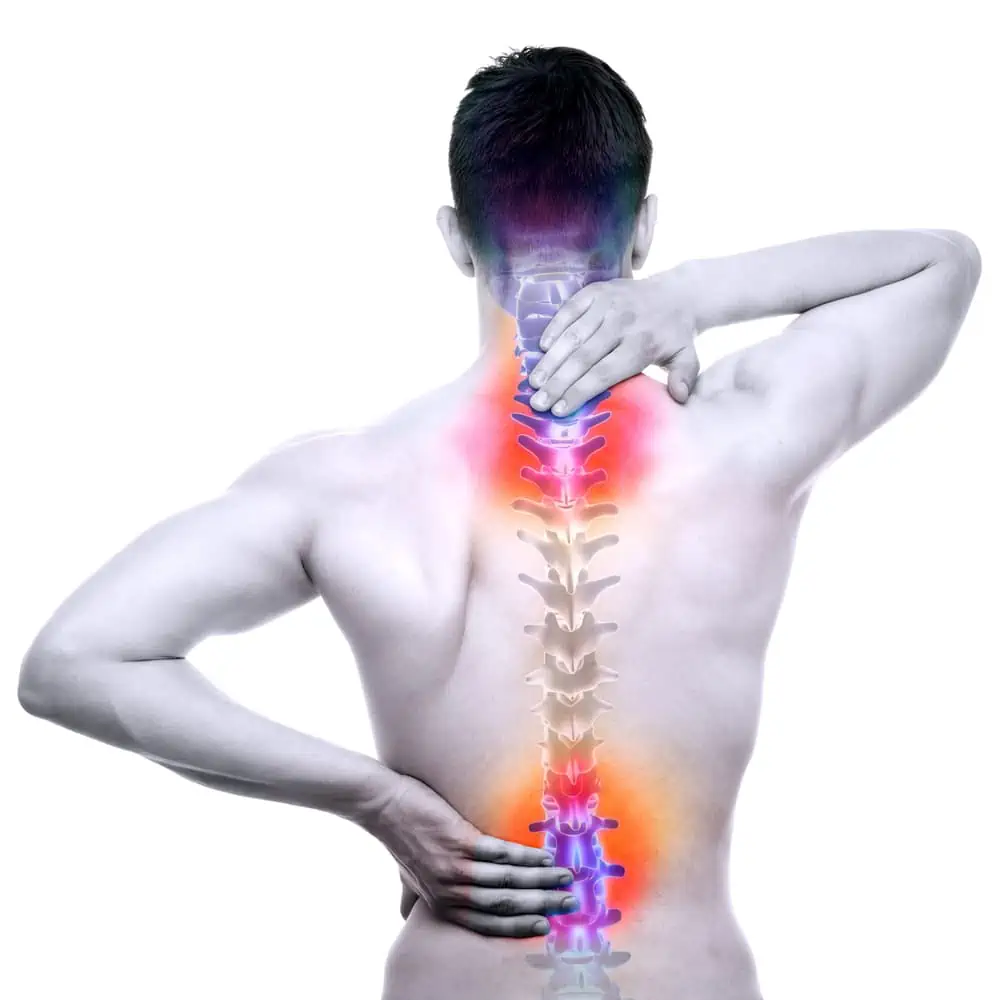The use of complementary treatments for a variety of health issues is becoming increasingly popular. From acupuncture to herbal remedies, there are an array of options outside the world of doctors and surgeries to which people can turn for help. The treatment of pain is no exception. But determining which complementary approaches may be best for your condition – and what side effects they may cause – can be a daunting task. So let’s start by examining one of the most common go-to options for pain relief: massage therapy.
Overview of Massage Therapy
According to a study in the Journal of Physiotherapy, the use of massage is actually one of the earliest therapeutic tools used to relieve pain.[1] “With its popularity for pain relief and recovery of function,” the study says, “massage therapy has become a widely accepted treatment for musculoskeletal disorders.”
Massage refers to the manipulation of soft tissue for therapeutic purposes, as performed by trained therapists.[2] The category includes many types, from traditional Swedish to Thai and Shiatsu massages, which each incorporates different types of manipulation.
One benefit of massage therapy, according to the Centers for Disease Control and Prevention, is that it’s associated with “lower mean and median annual costs compared with [long-term] opioid therapy.”[3] It also has a much lower risk of serious side effects. According the NIH, if performed appropriately by a trained professional, massage has very few risks.[4]
The way massage works to lessen pain isn’t entirely known, but there are several theories. Increased lymph flow, effects on the immune system and increased blood flow to the muscles have all been put forward as possible reasons for pain relief. But it does seem to produce local biochemical changes, increasing neural activity, which may affect mood and pain perception.
Conflicting Evidence of Success
The current research available on the topic of massage for pain relief is preliminary or conflicting, but there is promising initial research suggesting massage may be useful for various conditions. Two reviews, for instance found support for the effectiveness of massage for treating nonspecific lower back pain.[2][5] However, in these cases massage was often compared with no treatment or relaxation techniques, meaning that while massage for pain relief may provide better results than no treatment at all, exercises, physical therapy and standard medical care are usually still superior.
There has been moderate support for the use of massage for shoulder and headache pain, and, in some studies, modest support for fibromyalgia, mixed chronic pain conditions, neck pain and carpal tunnel syndrome; however these results are preliminary and often inconsistent.[2]
But even the benefits that do follow massage therapy don’t appear to last for long. According to the NIH, many of the available studies show that the positive effects which do arise from massage therapy appear to be short-term in nature.[4] To receive continued positive effects, therefore, patients must continue to get massages regularly.
Utilizing Multidisciplinary Treatments
By itself, massage has limited benefits. But, by its very nature, massage isn’t meant to be used alone. “Typically,” states a review in the journal Evidence-Based Complementary and Alternative Medicine, “massage is viewed as adjunctive therapy to help prepare the patient for exercise or other interventions, and is rarely administered as the main treatment.”[2]
Massage, then, may be useful when considered in addition to an interventional and multidisciplinary treatment approach. When combined, minimally invasive procedures, physical therapy, behavioral health care and complementary treatments like massage and acupuncture may result in functional restoration and pain relief far beyond what one treatment could accomplish alone.
References
[1] Bervoets, Diederik C., Pim Aj Luijsterburg, Jeroen Jn Alessie, Martijn J. Buijs, and Arianne P. Verhagen. “Massage Therapy Has Short-term Benefits for People with Common Musculoskeletal Disorders Compared to No Treatment: A Systematic Review.” Journal of Physiotherapy 61, no. 3 (July 2015): 106-16.
[2] Tsao, Jennie C. I. “Effectiveness of Massage Therapy for Chronic, Non-Malignant Pain: A Review.” Evidence-Based Complementary and Alternative Medicine 4, no. 2 (June 2007): 165-79. doi:10.1093/ecam/nel109.
[3] Dowell, Deborah, Tamara M. Haegerich, and Roger Chou. “CDC Guideline for Prescribing Opioids for Chronic Pain — United States, 2016.” Morbidity and Mortality Weekly Report (MMWR) 65, no. 1 (March 18, 2016): 1-49.
[4] National Center for Complementary and Integrative Health. “Massage Therapy for Health Purposes.” NCCIH. May 2015. Accessed June 29, 2016. https://nccih.nih.gov/health/massage/massageintroduction.htm.
[5] Kumar, Saravana, Kate Beaton, and Tricia Hughes. “The Effectiveness of Massage Therapy for the Treatment of Nonspecific Low Back Pain: A Systematic Review of Systematic Reviews.” International Journal of General Medicine IJGM 6 (2013): 733-41.












